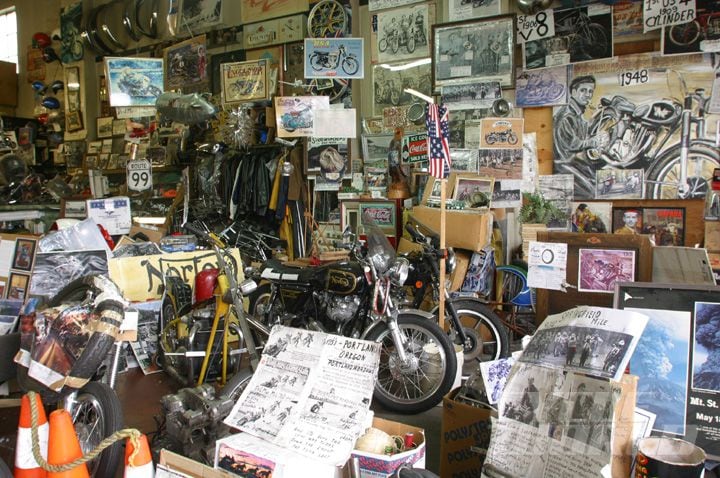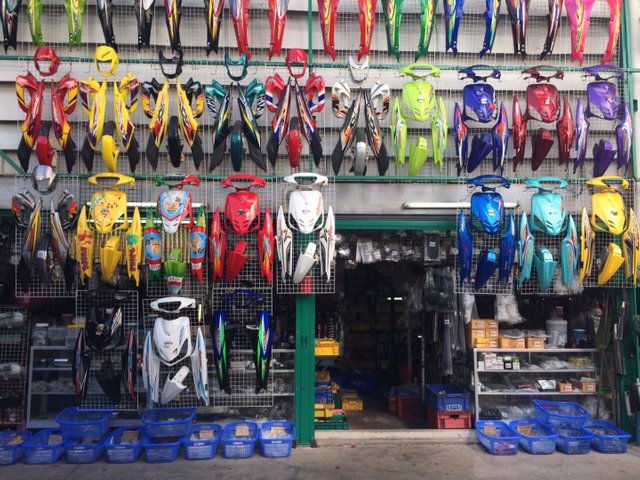Understanding Motorcycle Gears: How to Maximize Your Riding Experience
In the world of motorcycling, understanding the art of equipment control is critical for boosting your riding efficiency. Properly using and understanding motorcycle equipments can substantially affect velocity, fuel, and control effectiveness, transforming an ordinary experience into a smooth, electrifying journey. By including accurate change timing and adapting gear choice to different road problems, cyclists can guarantee optimal engine performance and safety. The subtleties of clutch control, throttle sychronisation, and gear technicians beckon a deeper expedition, guaranteeing to open the full possibility of your maker. How can these techniques be used to genuinely optimize your riding experience?
Comprehending Equipment Mechanics
Exactly how do the details of gear auto mechanics affect bike efficiency? At the core of motorcycle dynamics, gear mechanics play a critical role in transforming engine power right into activity, ultimately dictating rate and control. Gears, diligently crafted components, permit bikers to enhance torque and speed, making certain a smooth shift with different terrains and velocities. The equipment proportions, very carefully created, establish the partnership in between engine transformations and wheel turns, influencing velocity and gas effectiveness.
Recognizing gear mechanics begins with recognizing the relevance of the gearbox, which houses several gears of differing dimensions. These gears communicate through a procedure called meshing, where teeth of different equipments engage to transfer power. The precision of this interaction is critical; any type of misalignment or damages can result in ineffective power transfer, impeding performance. Additionally, the setup and size of equipments influence the motorbike's capacity to manage different lots and rates.
Additionally, the idea of equipment shifting is important to taking full advantage of performance. Smooth and prompt changes make certain that the engine operates within its optimum power band, stopping unneeded strain and improving long life (motox parts nz). By comprehending these mechanical ins and outs, cyclists can accomplish an unified blend of power, efficiency, and control, boosting their riding experience
Timing Your Shifts
Shift timing mastery is crucial for optimizing motorcycle performance and enhancing the riding experience. Correctly timed shifts ensure that the engine runs within its optimum power band, which is important for keeping control, attaining smooth velocity, and ensuring the longevity of the bike. Riders must develop an intuitive sense of when to change equipments, which entails recognizing the partnership in between engine changes per min (RPM) and rate.
To grasp change timing, pay close focus to the engine's noise and feel, as these offer important hints about when to change equipments. When the engine comes close to the top range of its power band without reaching the redline, the perfect shift factor normally happens - motocross gear nz. Moving prematurely can result in an absence of power, while moving too late might trigger unnecessary engine pressure
In addition, road conditions and riding design influence change timing. In metropolitan setups, smoother and much more constant shifts may be required to browse traffic successfully. In comparison, during highway riding, fewer changes at higher rates can be better. Practicing in different environments will certainly boost your ability to time changes precisely, eventually boosting your riding experience to an expert degree.
Enhancing Fuel Effectiveness
While understanding motorcycle gears is important for efficiency, enhancing fuel performance is just as essential for both financial and ecological reasons. Ideal gas intake not only reduces operational expenses however additionally minimizes the ecological footprint of riding. To accomplish this, one have to understand the elaborate connection in between equipment option and engine efficiency.
To start with, selecting the right gear at appropriate speeds can substantially impact fuel consumption. Riding in a higher gear at lower speeds can result in engine carrying, which is damaging to both gas economic situation and engine wellness. Alternatively, riding in reduced equipments at high rates causes unnecessary fuel consumption. Thus, maintaining an optimal balance by shifting equipments abreast with roadway problems and anticipated maneuvers is vital.
In addition, routine upkeep plays an essential function in fuel performance. Ensuring that the bike is well-tuned, with tidy air filters and appropriately pumped up tires, can enhance aerodynamics and minimize fuel wastefulness. In addition, adopting a riding style that accepts gradual velocity and smooth deceleration can add to far better gas economy.

Methods for Smooth Transitions
Attaining smooth gear changes is basic to improving the riding experience and ensuring the longevity of a bike's transmission system. Correct gear moving not just adds to a seamless experience however additionally reduces wear and tear on the mechanical elements. To master the art of smooth changes, motorcyclists need to concentrate on a few vital methods.

Secondly, clutch control plays an essential duty. Involving and disengaging the clutch efficiently calls for practice. The clutch bar should be launched slowly, allowing for a smooth transfer of power from the engine to the wheels without triggering a shock or sudden movement.

Adjusting to Road Problems
Navigating varied roadway problems is a vital skill for any kind of Related Site motorcyclist aiming to preserve control and security. Whether you're riding on damp surfaces, gravel roadways, or moped dealerships near me navigating doglegs, your capability to adjust your gear use and riding method is vital. Recognizing how to adjust your equipments properly can significantly influence grip and stability, making sure a safer journey.
In contrast, when riding on gravel or unequal surface, lower gears are better. Reduced equipments supply much better control and enable you to respond more promptly to unforeseen modifications in the road surface area.
Sharp contours require exact gear management to balance rate and control. Downshifting before getting in a contour can assist keep energy while making sure the motorbike remains stable throughout the turn. Constant technique in diverse problems improves your capability to react and forecast to adjustments in road texture and incline.
Conclusion
Understanding motorbike equipments significantly enhances the riding experience by improving control, gas, and acceleration efficiency. A complete understanding of gear technicians and accurate shift timing guarantees the engine runs within its ideal power band, while smooth shifts with efficient clutch and throttle control boost convenience and performance. Adjusting equipment choice to numerous road problems, such as utilizing greater equipments on damp surfaces and reduced gears on gravel, more enhances handling and security. Ultimately, these skills boost the overall journey.
Comprehending equipment technicians begins with recognizing the importance of the transmission, which houses bobber headlight several gears of differing sizes. These equipments communicate through a procedure recognized as meshing, where teeth of different equipments involve to transfer power (motocross gear). Gentle changes to the throttle throughout gear changes can protect against jerky movements and preserve a regular riding speed
Whether you're riding on wet surface areas, crushed rock roads, or navigating sharp turns, your capacity to adapt your gear usage and riding method is paramount. Adapting gear option to numerous road conditions, such as utilizing greater equipments on wet surface areas and reduced equipments on gravel, additional boosts handling and security.